5 cars that are safest from tariffs — and 5 getting hit hardest
Some cars will be hit harder than others as tariffs take hold
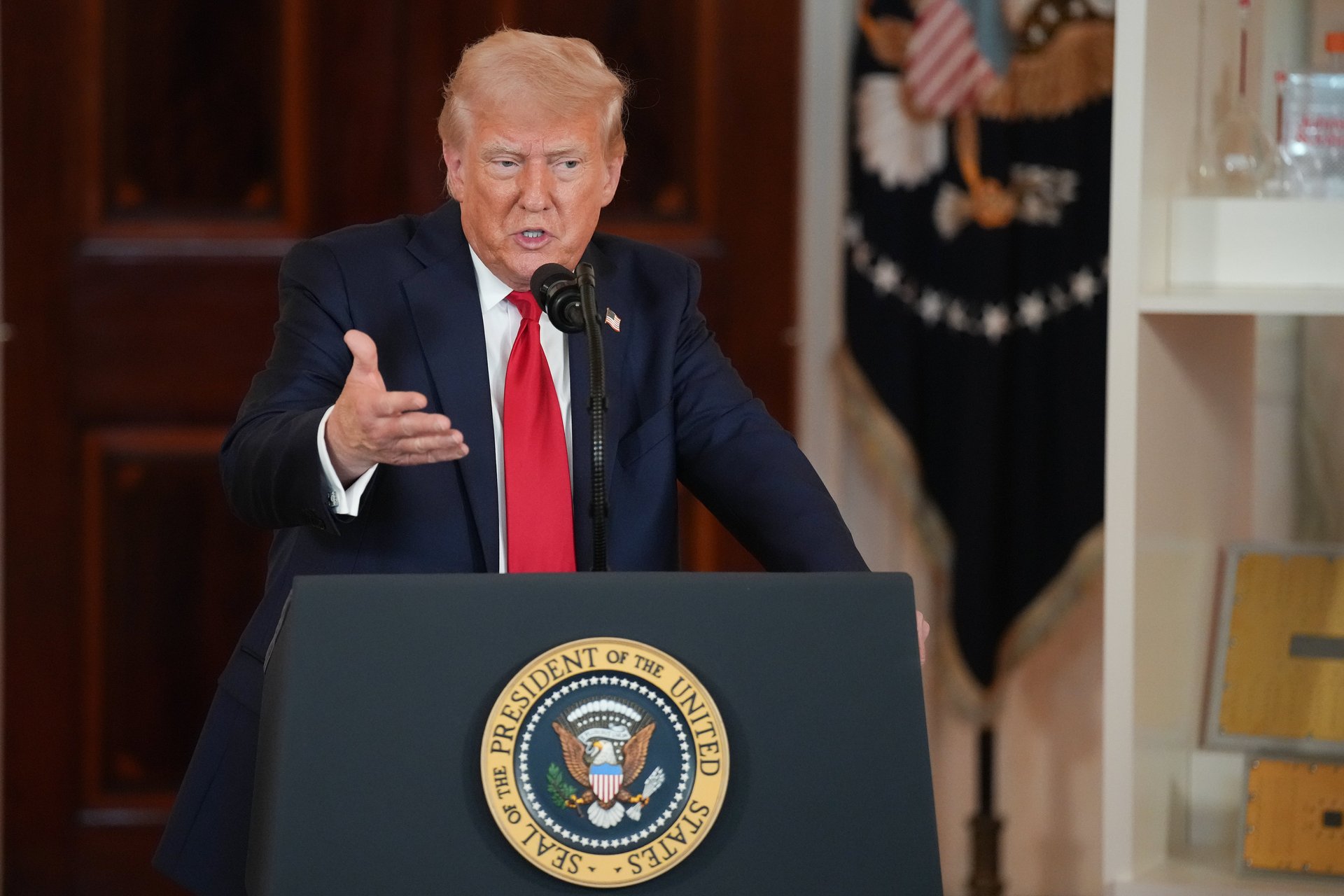
The introduction of tariffs on automotive imports has sparked considerable concern among car manufacturers and consumers. While recent adjustments to these tariffs may offer some relief, experts warn that the overall impact on car prices remains significant.
One of the key factors influencing the impact of tariffs is compliance with the United States-Mexico-Canada Agreement (USMCA). Vehicles that meet the agreement's stipulation of having 85% of their parts sourced from within the USMCA region are currently exempt from tariffs. This provision is intended to encourage domestic production and sourcing within the North American region. However, achieving this level of compliance can be challenging for manufacturers, particularly those who have long relied on a global supply chain.
Usha Haley is an expert on autos and auto parts. She is currently the Barton Distinguished Chair in International Business at Wichita State University and offered some of her thoughts on winners and losers to Quartz.
“First, no car with imported auto parts — which make up 80% of the cost of a car — is safe as this is a temporary reprieve,” Haley says, noting that cars with 85% of their parts complying with the United States-Mexico-Canada Agreement, and produced domestically, should not face tariffs at this point.
The USMCA agreement plays a crucial role in shaping the cost dynamics of car production. By incentivizing the use of regional parts, it aims to bolster domestic manufacturing and reduce dependency on imports. However, the transition to this model is not without its hurdles. Manufacturers must navigate the complexities of restructuring their supply chains, which can involve significant logistical and financial challenges. The shift towards regional sourcing may also lead to increased production costs in the short term, as companies invest in new infrastructure and processes to meet compliance requirements.
For consumers, the implications of these tariffs are most directly felt in the form of higher car prices. As manufacturers pass on the increased costs of imported parts, buyers may find themselves paying more for both new and used vehicles. This price hike can be particularly pronounced for models heavily reliant on imported components, which are subject to the full brunt of the tariffs. On the other hand, vehicles that are largely produced domestically and comply with USMCA standards may see less dramatic price increases, offering some respite for consumers.
The impact of tariffs extends beyond just the sticker price of cars. It also affects the broader automotive industry, influencing everything from production strategies to employment levels. Domestic car production, for instance, faces its own set of challenges as manufacturers strive to balance cost efficiency with compliance. The need to source more parts locally can lead to increased production costs, which may affect the competitiveness of domestic manufacturers in the global market.
Moreover, the cost implications of tariffs on imported auto parts are not limited to new vehicles. The aftermarket industry, which relies heavily on imported components for repairs and maintenance, is also affected. Higher costs for parts can lead to increased expenses for vehicle repairs, impacting both consumers and service providers. This ripple effect highlights the interconnected nature of the automotive supply chain and the far-reaching consequences of tariff policies.
In summary, while recent adjustments to automotive tariffs may offer some temporary relief, the overall impact on car prices and the industry at large remains significant.
To better understand the impact of tariffs on car prices, consider a scenario where a manufacturer must decide between continuing to import parts or shifting to regional suppliers. If they choose to import, they face tariffs that increase the cost of each component, which is then passed on to consumers in the form of higher prices. Alternatively, if they opt for regional suppliers to comply with USMCA, they may incur initial costs related to establishing new supply chains, which could also lead to higher prices until efficiencies are realized.
A common pitfall for manufacturers is underestimating the complexity of shifting supply chains. The process involves not only finding new suppliers but also ensuring that these suppliers can meet quality standards and production timelines. This transition can be costly and time-consuming, potentially leading to production delays and increased costs.
For consumers, understanding the nuances of these tariffs can be challenging. Many may not realize that the price of their vehicle is influenced by global trade policies and agreements like the USMCA. However, being informed can help consumers make more strategic purchasing decisions, such as opting for vehicles that are less affected by tariffs due to their compliance with regional sourcing requirements.
In conclusion, the impact of tariffs on car prices is multifaceted, affecting everything from production costs to consumer choices. While the USMCA offers a framework for mitigating some of these effects, the transition to regional sourcing is complex and fraught with challenges. As the automotive industry continues to adapt, the influence of tariffs will remain a pivotal factor in shaping the market landscape.
Continue reading to see which automakers are safe — and which are set to be hit hardest.
1 / 10
Tesla
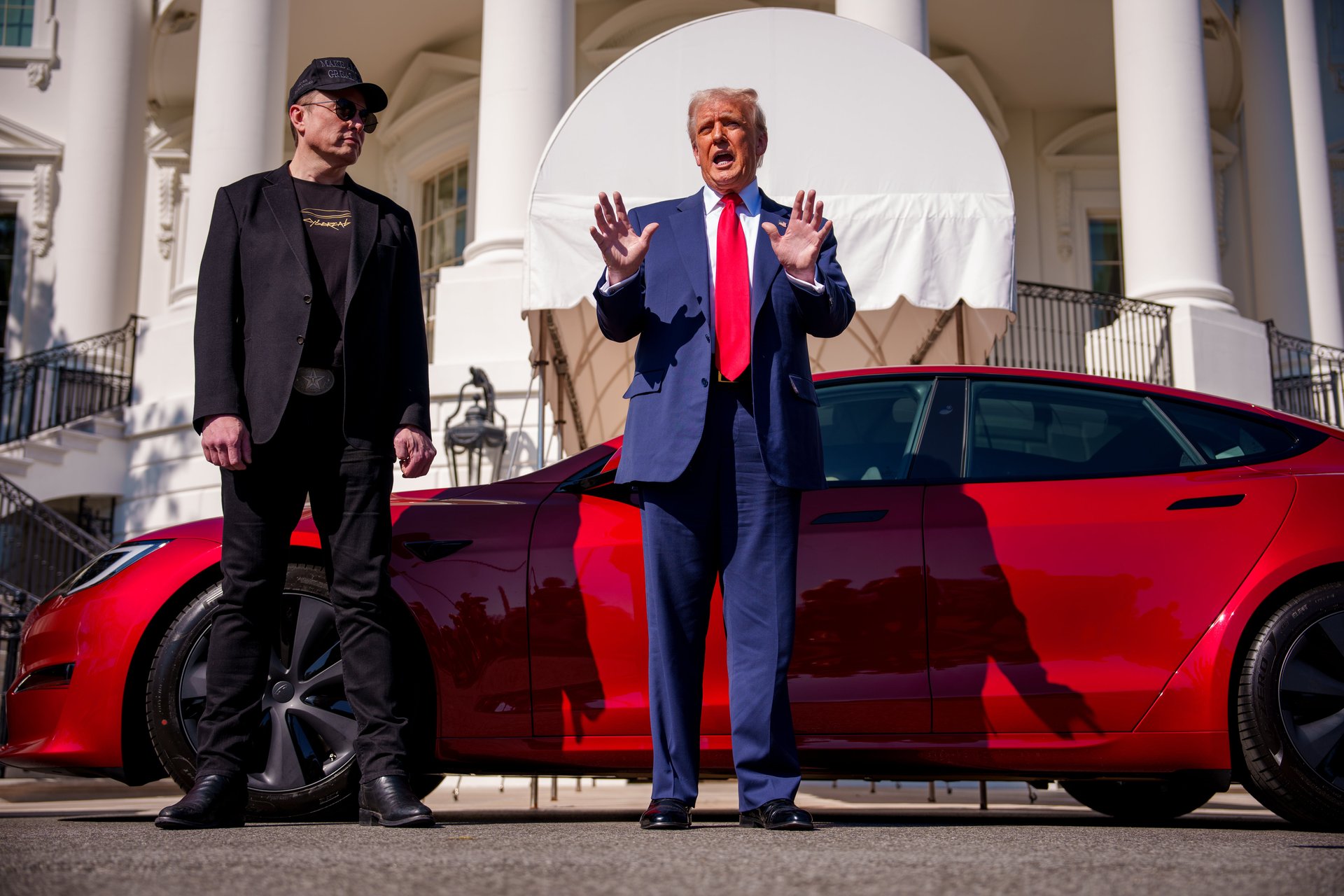
Tesla (TSLA) has had a rough time of it in 2025. Chief executive Elon Musk’s involvement in DOGE turned the company into a political lightning rod, tanking sales and sending shares tumbling.
But according to Motor1 — a trade publication that recently ranked the most and least affected cars — Tesla’s Model 3 Performance sits at the top of the list, with 87.5% of its manufacturing and construction done domestically. The Model Y (85%), Cybertruck (82.5%), Model S (80%), and Model X (80%) are also atop the index.
“Tesla will be among the least affected,” Haley says.
The Motor1 rankings group cars by the percentage of the car and parts that are made in the USA.
2 / 10
Ford

Motor1 ranks Ford’s (F) Mustang GT AT as 80% domestic.
Kevin Roberts, director of economic and market intelligence at CarGurus (CARG), notes that even with some automotive tariff relief, price increases are still in the offing.
“While this won’t fully reverse price increases, it’s a move in the right direction to streamline levies and limit cost burdens that could otherwise be passed down to consumers,” Roberts says, noting that in the month since tariffs on auto imports were announced, the average price of a new car increased by nearly $650, while used car prices are up almost $150—driven largely by a short-lived surge in demand from shoppers looking to avoid anticipated increases.
“The impact has been most pronounced in the affordable segment, with demand for new vehicles priced under $50,000 spiking sharply in recent weeks,” Roberts says.
3 / 10
Honda
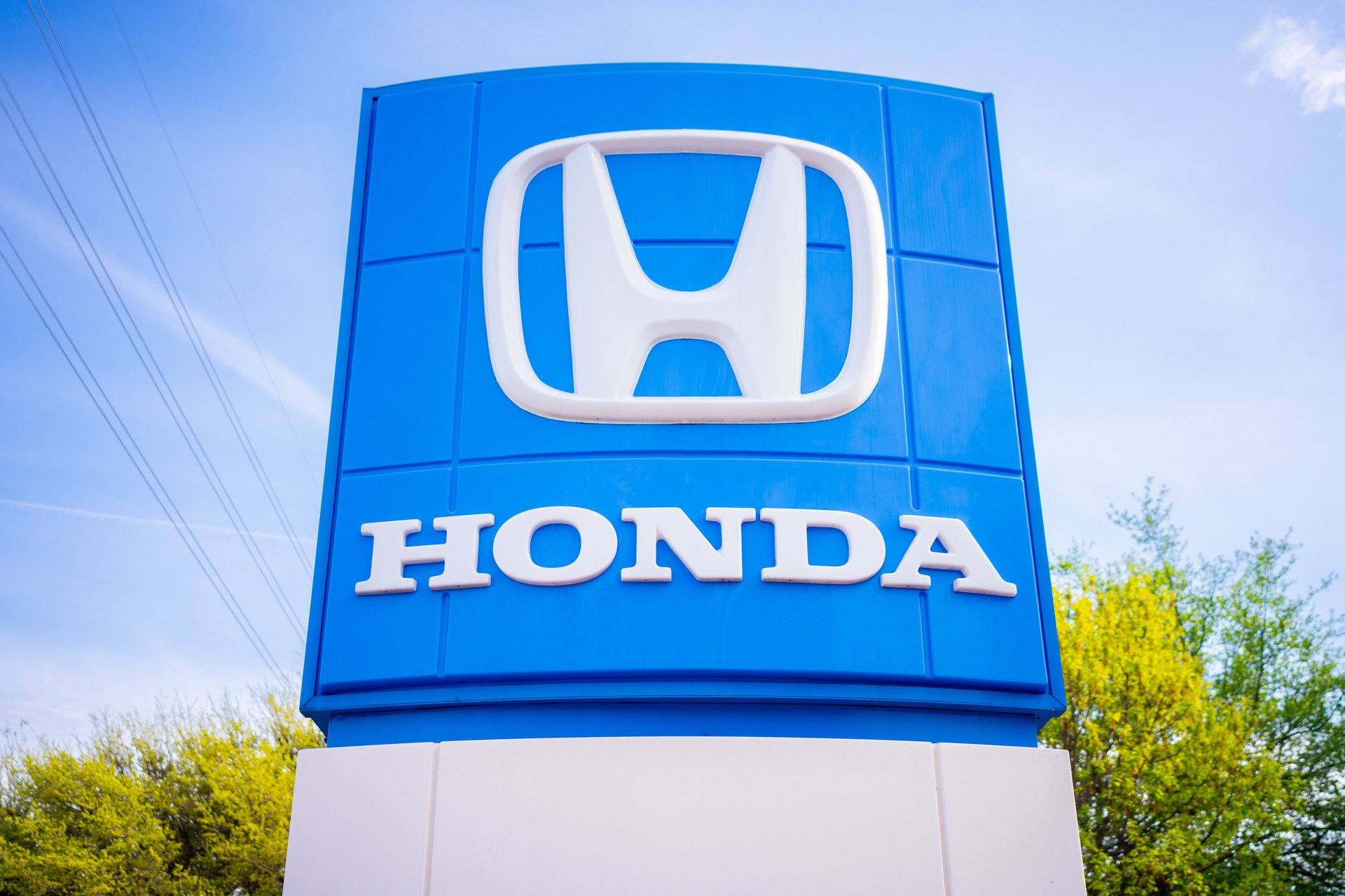
Motor1 ranks the Honda (HMC) 2024 Passport AWD at 76.5% domestically produced.
George Faracchio, vice president of AutoLenders and 28-year auto industry veteran, told Quartz that in the first 30 days of the tariff regime consumers can anticipate a modest pricing adjustment based on current inventory levels.
“However, as we move deeper into the spring and summer months if tariffs remain in place—regardless of the percentage—we expect prices to climb steadily,” Faracchio says.
4 / 10
Jeep
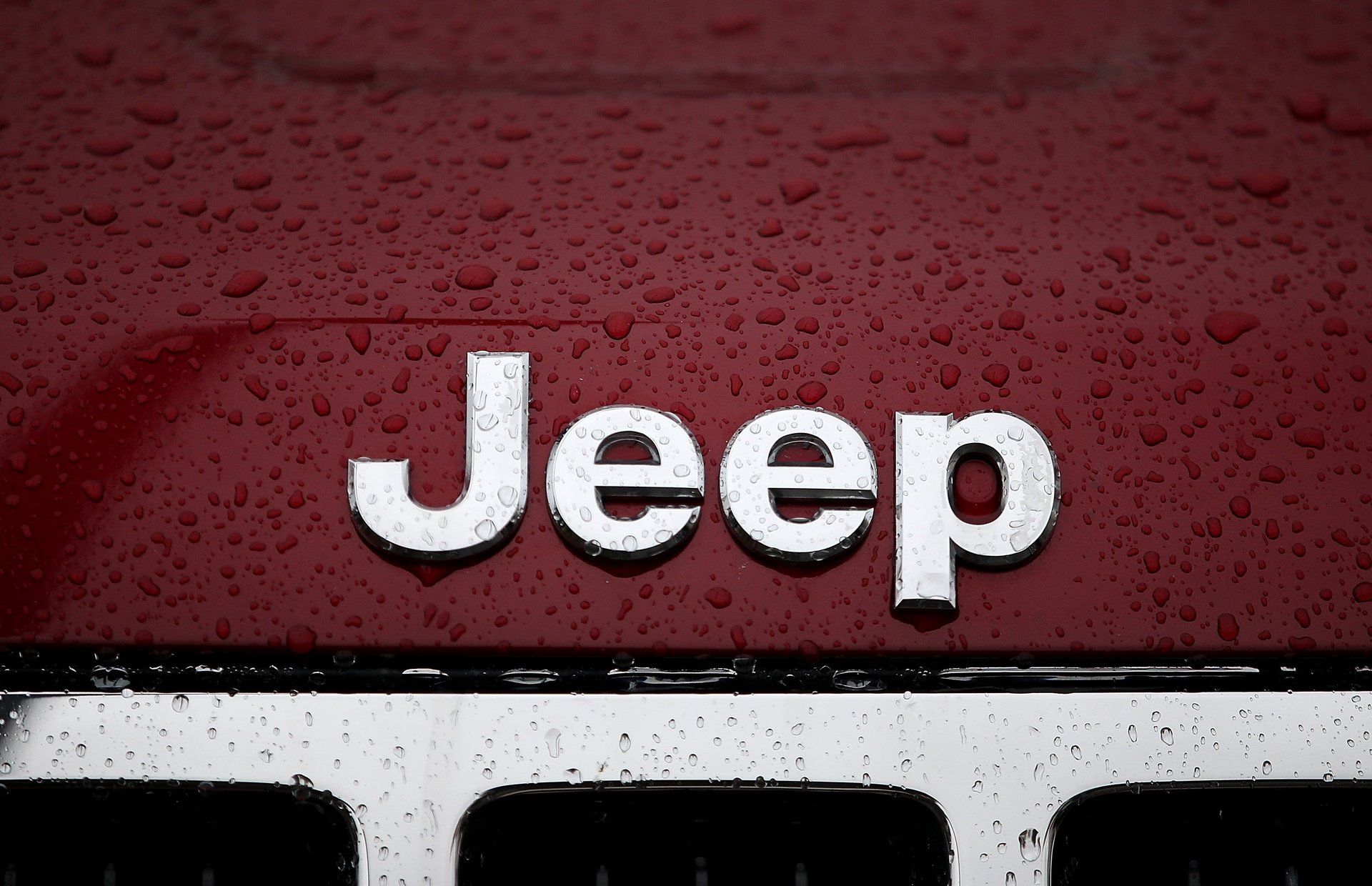
Motor1 puts the Jeep (STLA) Wrangler Rubicon at 76%.
Faracchio says as the tariffs remain in place, the price pain will get worse.
“Over the first 60 days of tariffs being imposed, vehicle inventory will tighten, and manufacturers impacted by tariffs will be forced to raise their prices,” he says, noting that after this, consumer demand will naturally shift toward the pre-owned market and that shift will drive increased competition for used vehicles, leading to industry-wide price increases.
“The longer these tariffs remain, the more significant the impact will be in rising demand and escalating prices across all segments. This ripple effect will touch everything from entry-level vehicles to high-demand SUVs and trucks,” Faracchio says.
5 / 10
Volkswagen
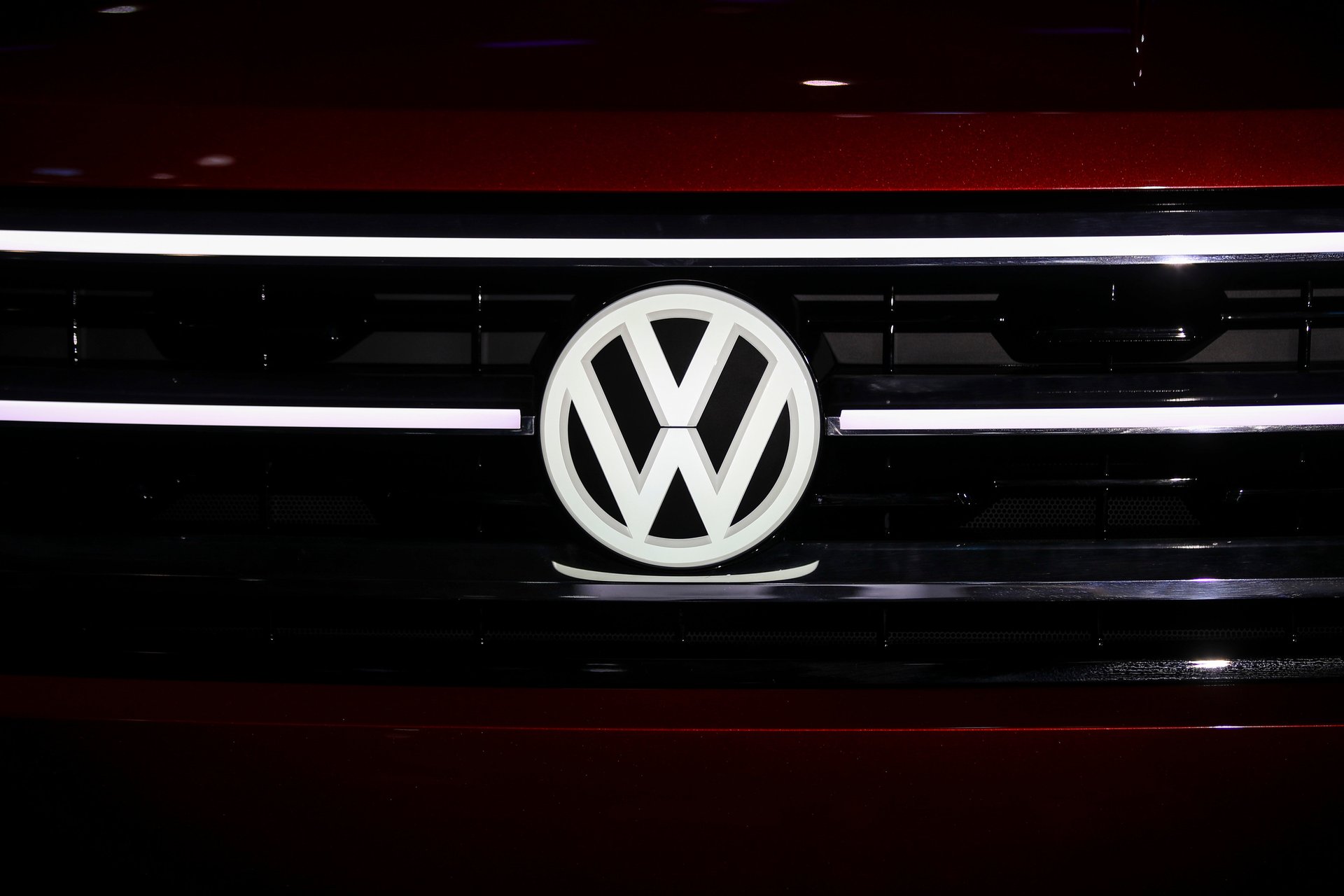
Motor1 has the Volkswagen (VWAGY) ID.4 AWD (82 KWH) at 75.5% domestic production.
“The industry’s 90-day outlook points to lasting disruption, even if tariffs are eventually lifted. The market will likely see elevated prices and constrained supply for months, if not longer, as manufacturers, dealers, and consumers work to adjust. In short, the impact of tariffs isn’t just immediate; it can reshape the market well beyond their removal,” Faracchio says.
6 / 10
These cars will be clobbered by tariffs. First on the list: Mazda
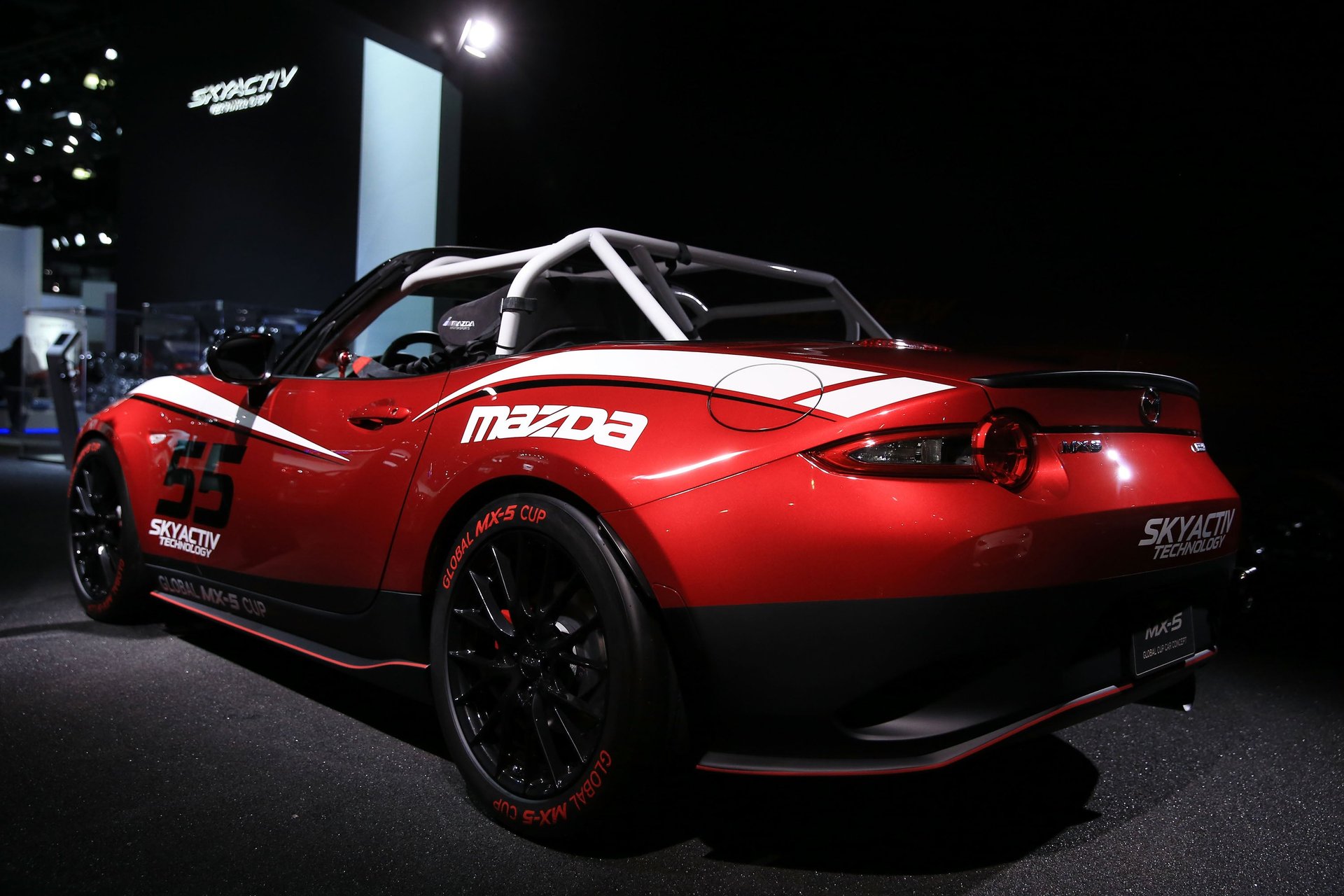
Motor1 lists Mazda’s (MZDAY) Miata as 1% domestically produced. Look for sticker shock on this car.
Haley says that overall, calculating and implementing these tariffs will result in higher economic costs.
“The temporary nature of the tariffs will also lead to even more intense lobbying by auto companies, continued economic uncertainty and the inability to engage in strategic planning to bring manufacturing home — supposedly a goal of these tariffs,” Haley says.
7 / 10
Hyundai
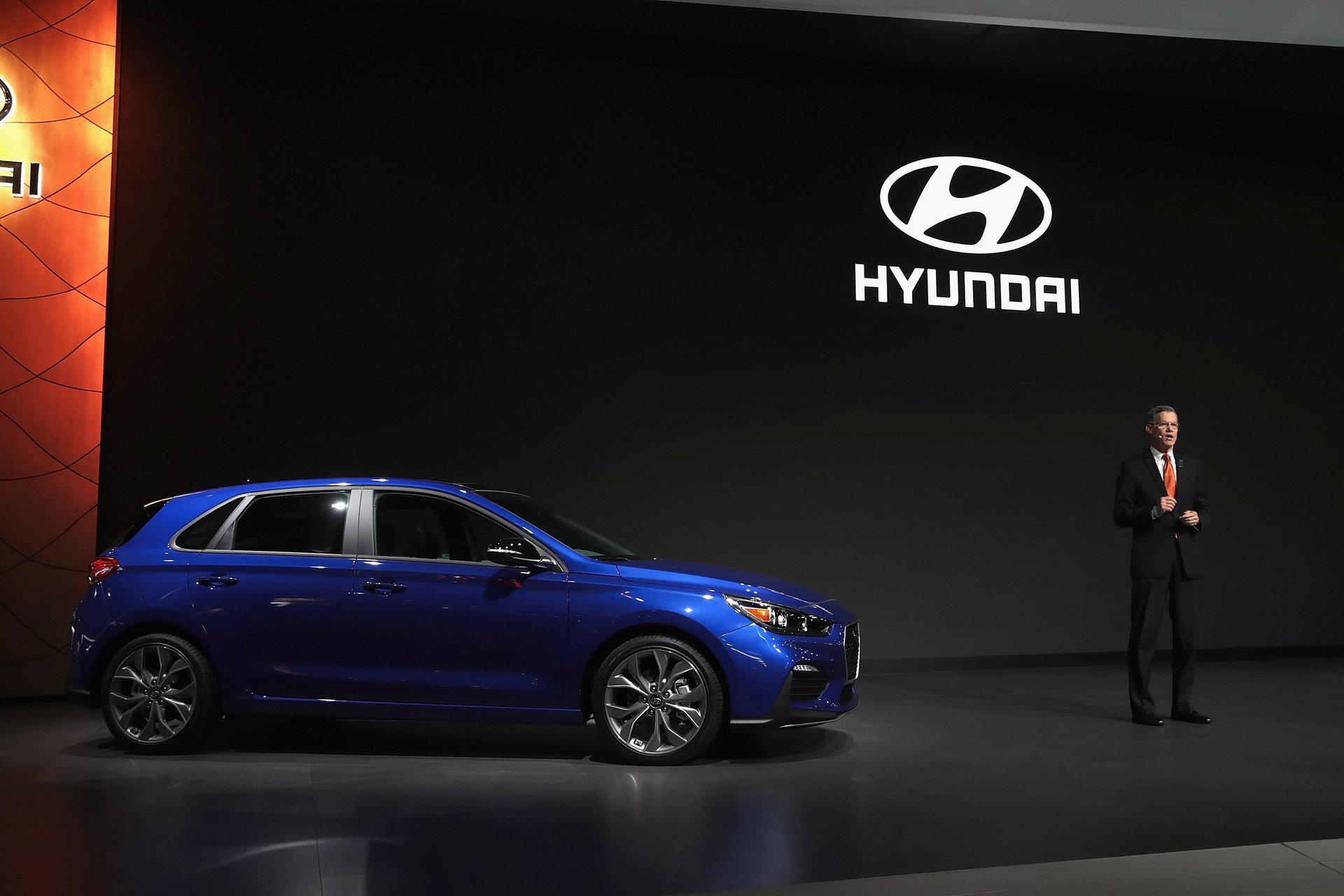
Motor1 put the Hyundai (HYMTF) Elantra at 1% domestically produced.
Liz Hempel a partner at McKinsey & Company, notes that switching production venues isn’t easy.
“Moving an auto supply chain takes at least two years and billions of dollars, making quick shifts in production nearly impossible,” Hempel says, noting that tariffs, which hit overnight, only add to the complexity.
“With seven-year model cycles and specialized infrastructure concentrated in key regions, the automotive industry faces unique hurdles. Beyond factory relocations, moving decades of expertise is another major challenge,” Hempel notes.
8 / 10
BMW
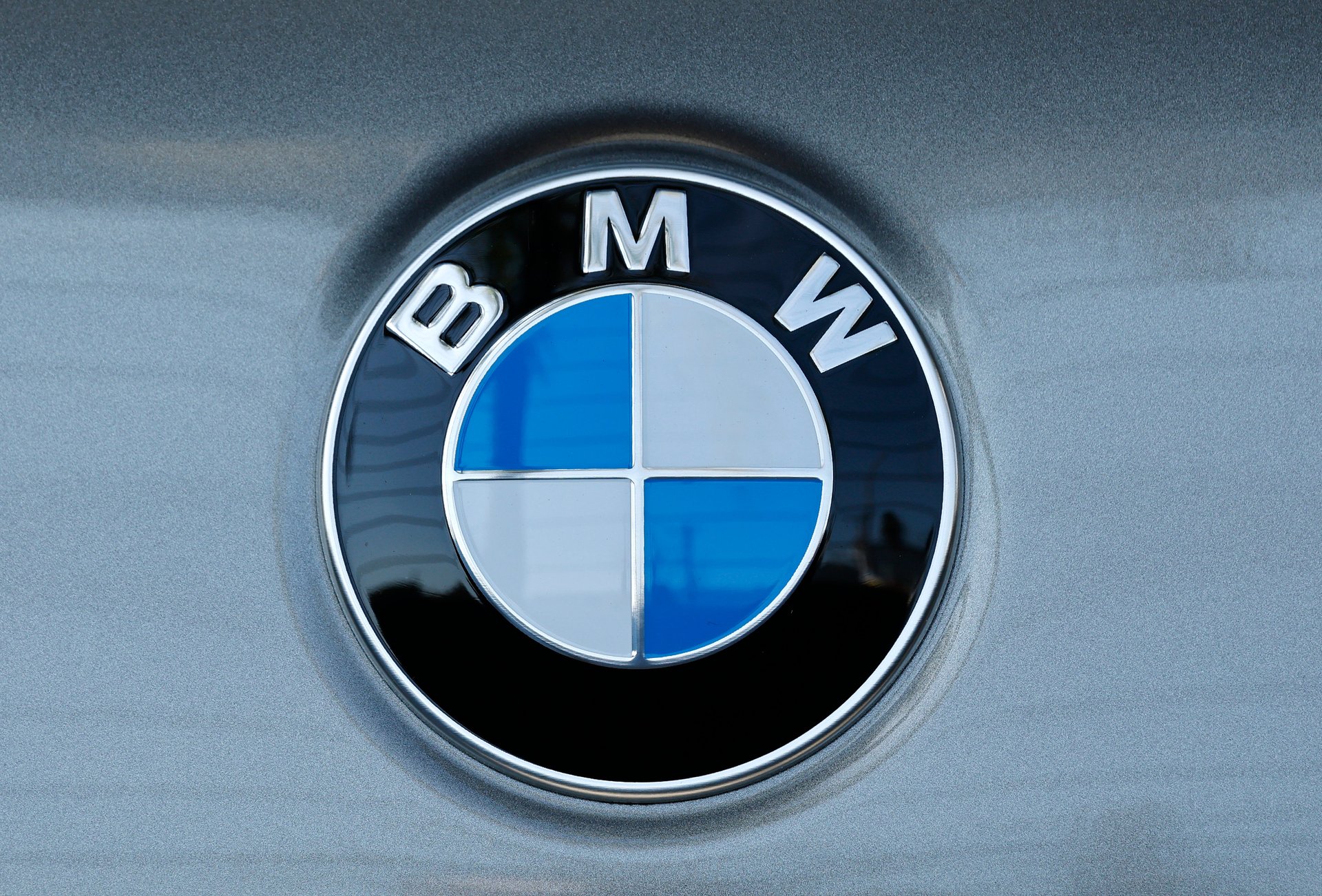
Motor1 put the BMW (BMWYY) M3 Sedan at 1% domestically sourced.
Hempel notes that tariffs on raw materials, such as steel and aluminum, are increasing costs at every stage of production.
“McKinsey & Company recommends several strategic responses to mitigate these risks, including supply chain diversification, enhanced risk management, operational flexibility, and active stakeholder engagement,” Hempel says, adding that:
“As we navigate this evolving landscape, it’s critical for companies to rethink their sourcing and supply-chain strategies. Those who adapt quickly can turn these challenges into opportunities for long-term success.”
9 / 10
Subaru

Motor1 has Subaru’s (FUJHY) BRZ at 1%.
Showrooms got more traffic in March as people rushed to avoid the tariffs.
“It makes total sense. Cars are expensive capital purchases. With budgets tight and consumers increasingly cost-conscious, many people would prefer to push out buying a new car. However, anyone worried that their car will die in the next 12 months is caught in a dilemma: spend less now or much more later. The prospect of paying several thousand dollars more for an already big-ticket item spurred people to act now,” notes John Lash, group vice president of product strategy at e2open (ETWO), a connected supply-chain platform.
10 / 10
Toyota

Motor1 puts the Toyota (TM) GR 86 and GR Corolla at 1%.
“It’s important to remember that tariffs are taxes which businesses and consumers are forced to bear. When prices rise, especially when it’s a significant rise, demand falls,” Lash says, asking, so what does this mean for car sales this year?
“It means that after this brief jump in March, we should get ready for a long and extended drop in new car sales. A drop that will stay in place until tariff policy changes again,” Lash says.
